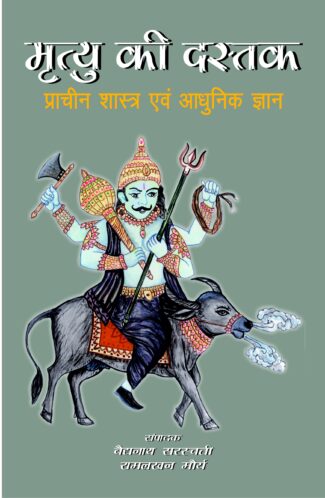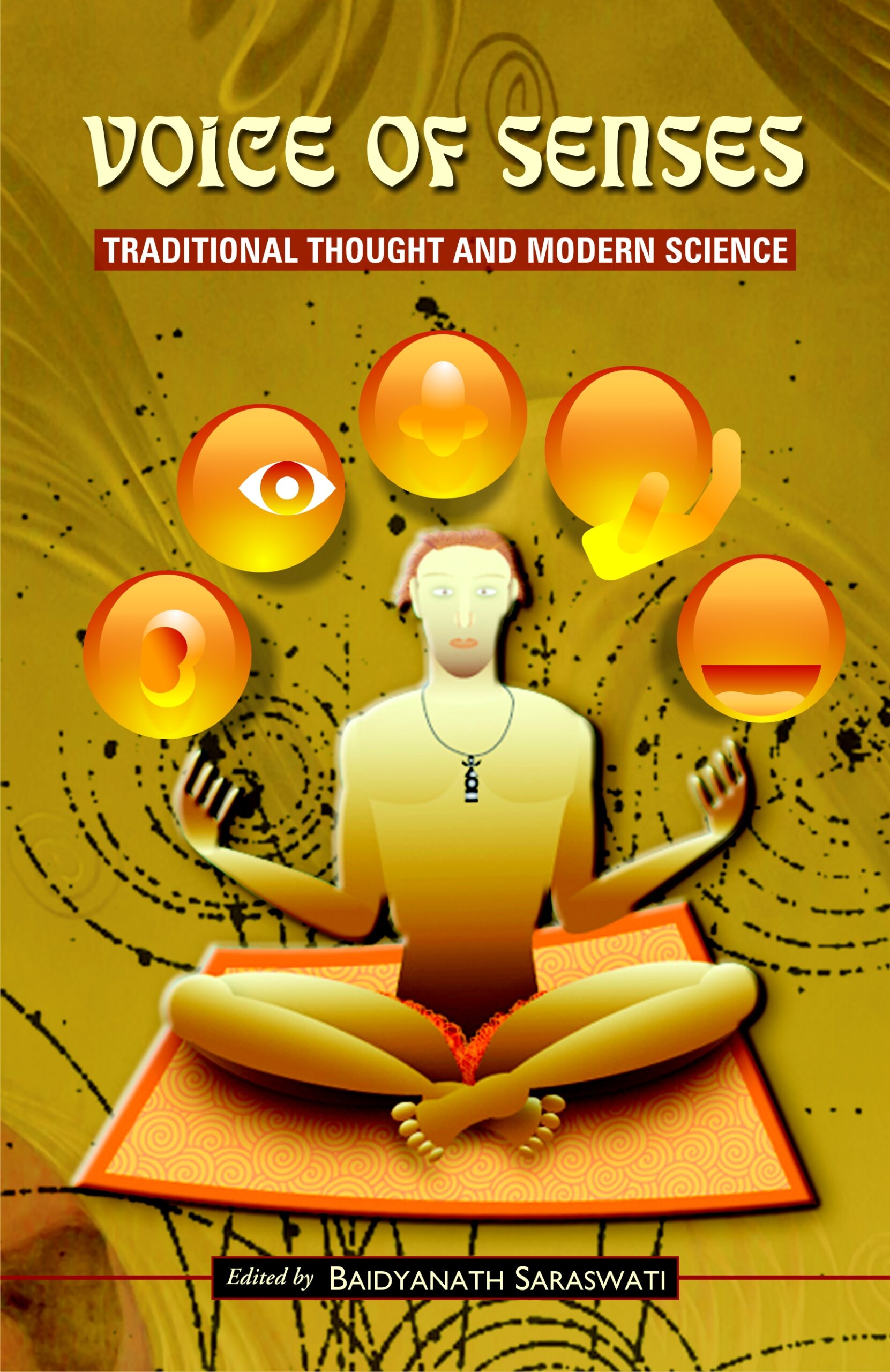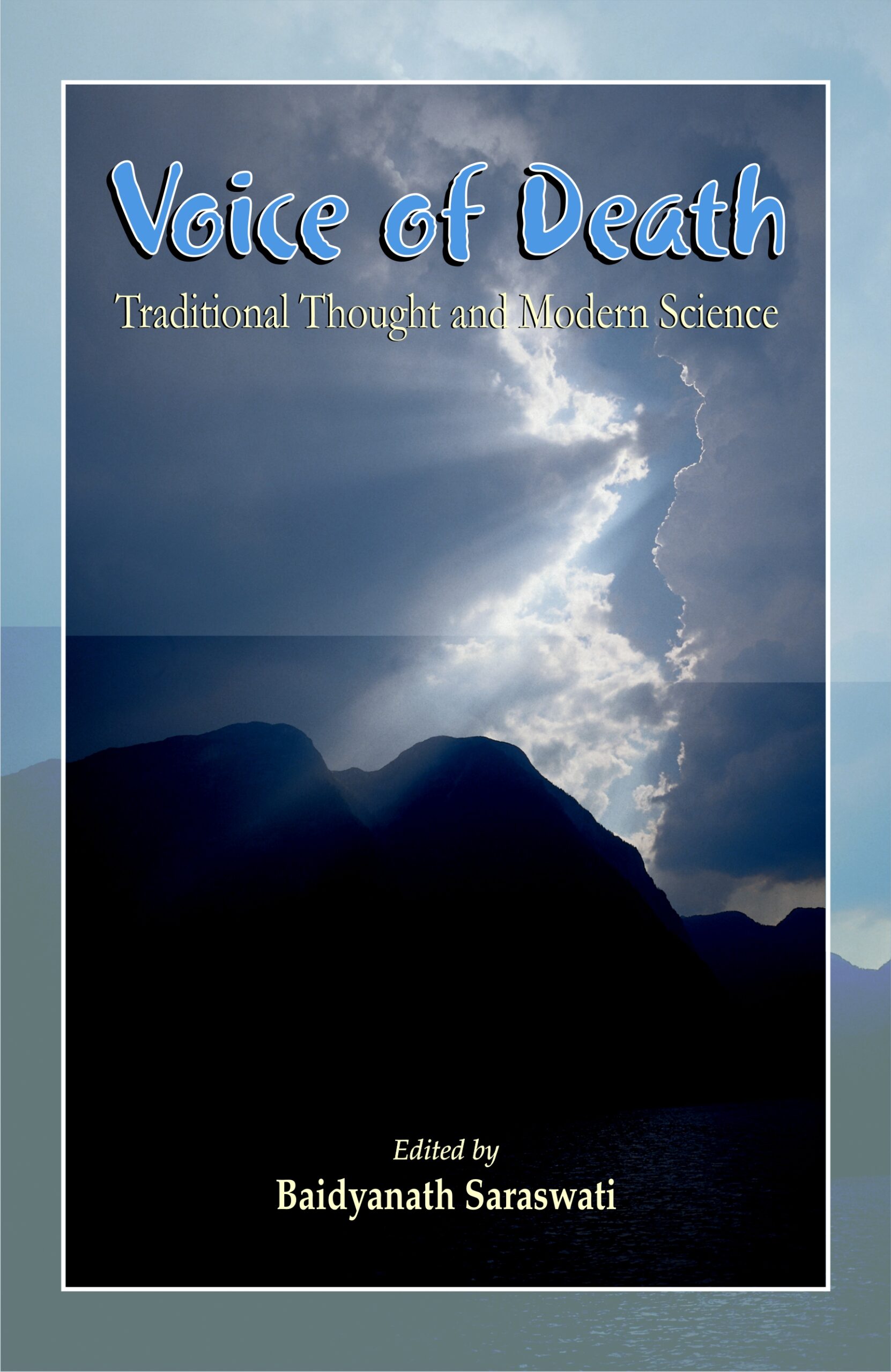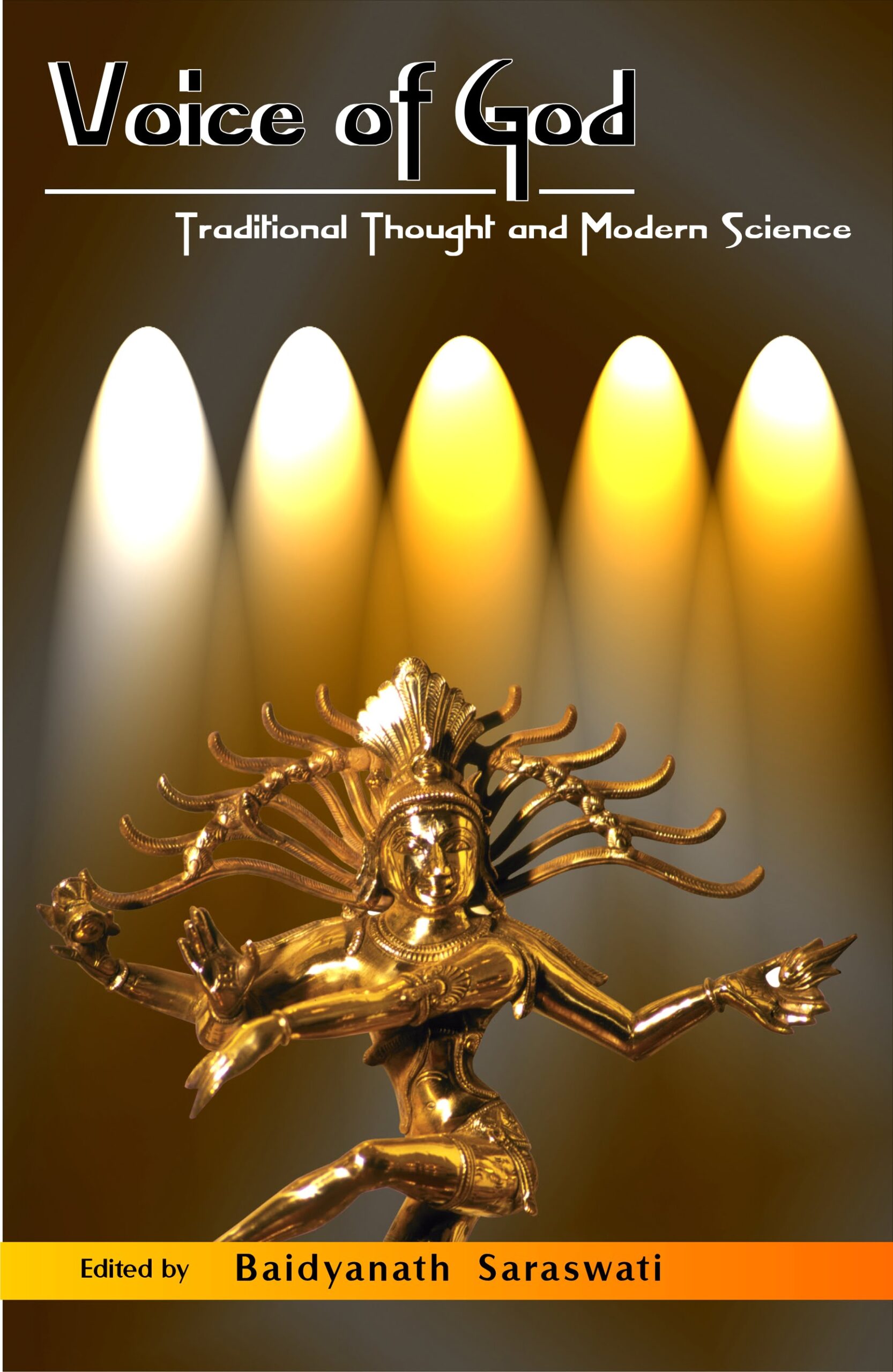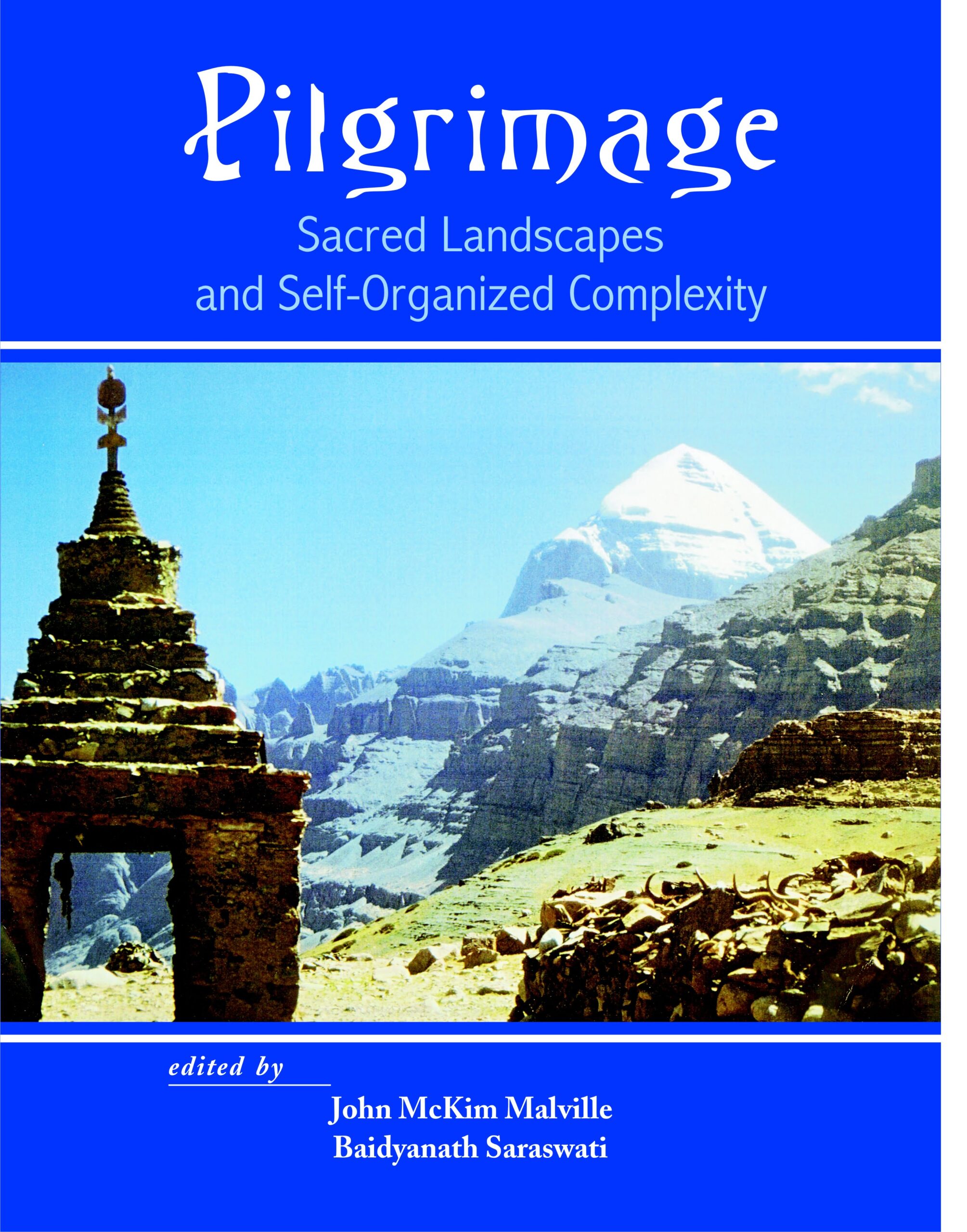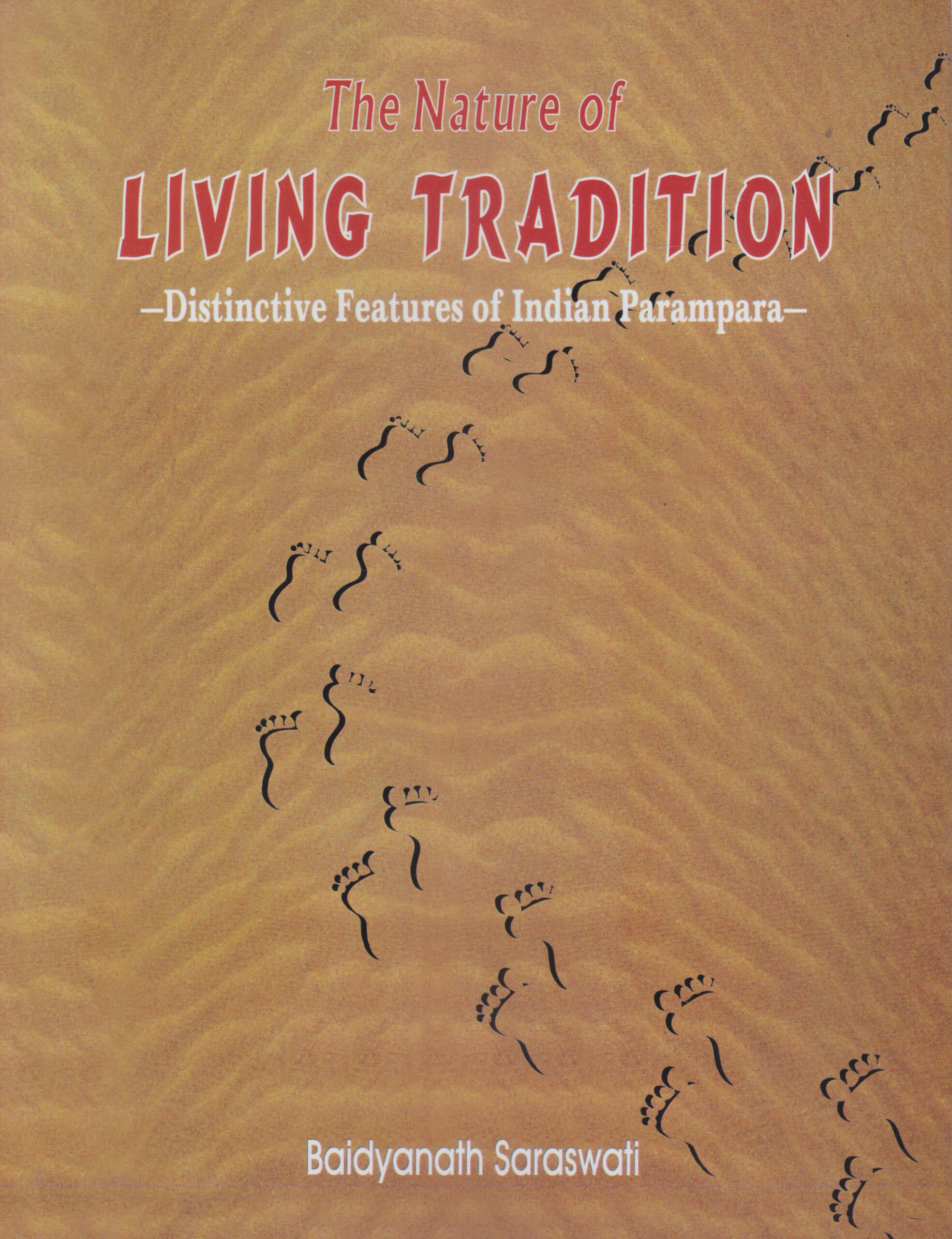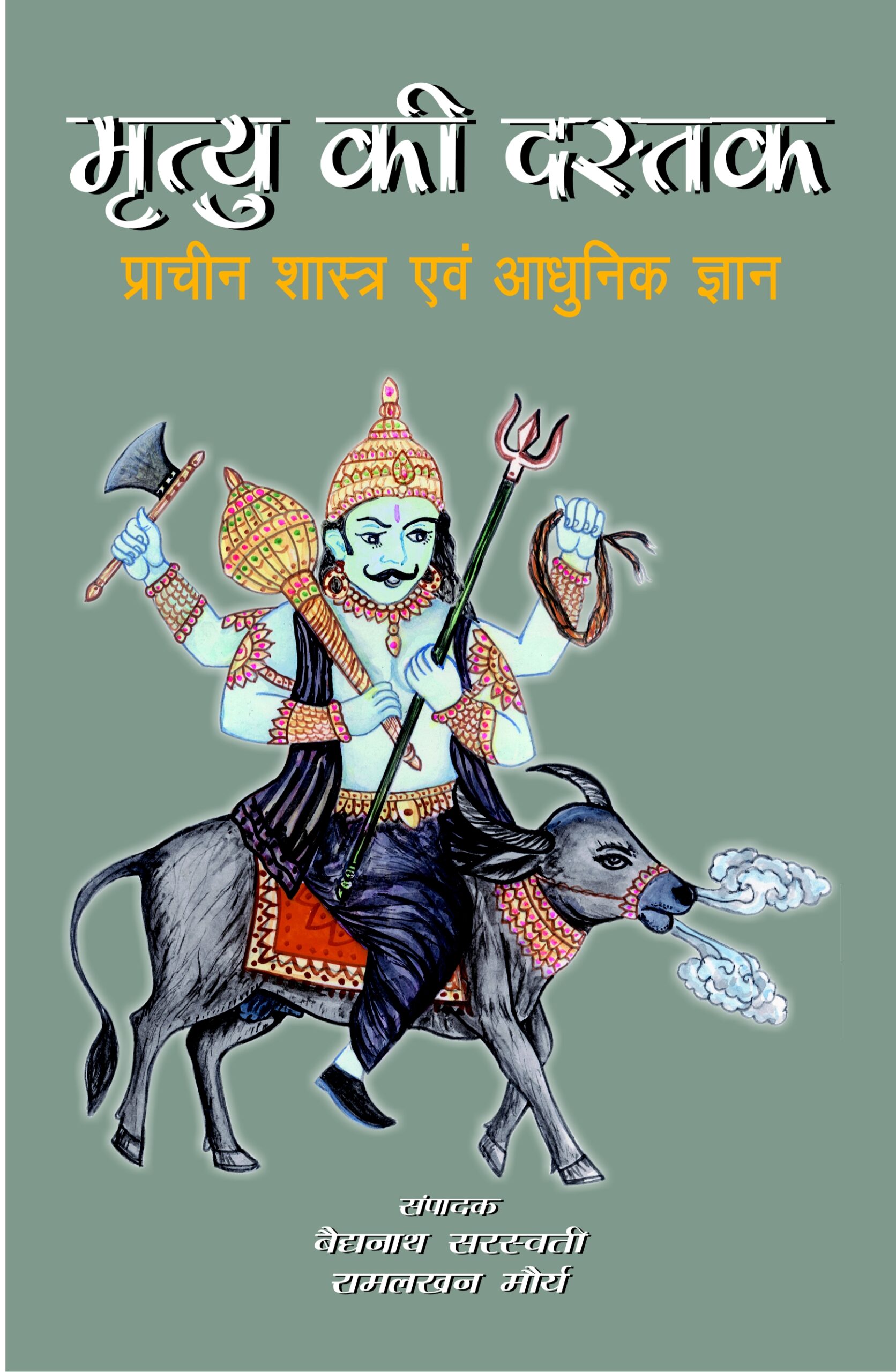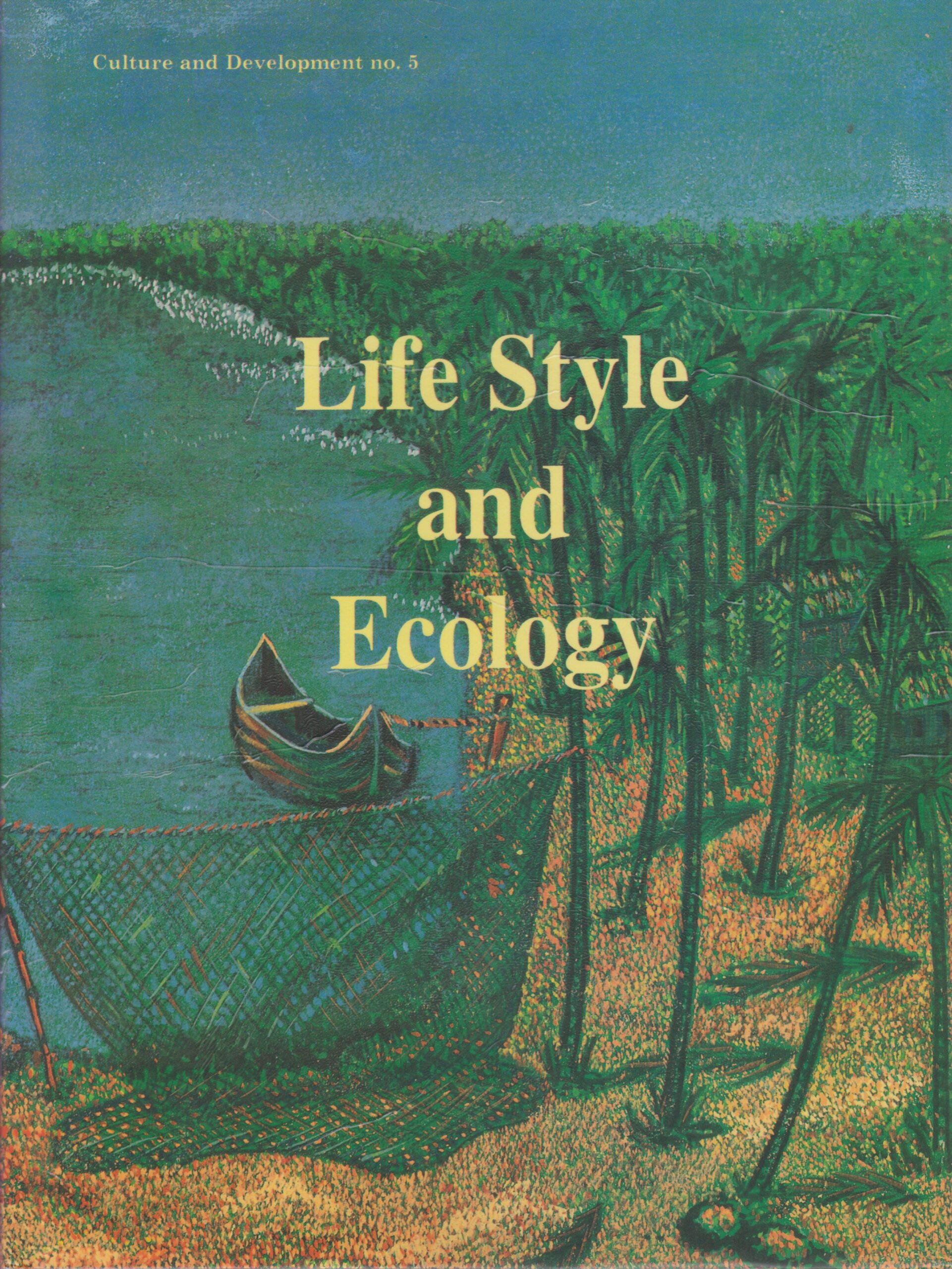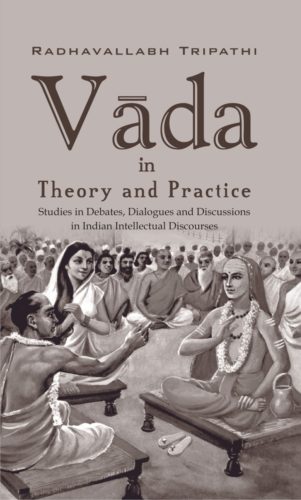

Mrtyu Ki Dastak...
Mrtyu Ki Dastak
Prachin Sastra evam Adhunik Gyan by: Baidyanath SaraswatiMany learned people, from various sects, have written about death and soul. Ceremonies, after death, for honouring the dead, especially in Hindu religion have been dealt chronologically. Also the importance of cloning after death and its resultant impact on society has been discussed.
₹300.00 Original price was: ₹300.00.₹270.00Current price is: ₹270.00.
ISBN: 9788124603147
Year Of Publication: 2005
Edition: 1st
Pages : vii, 208
Bibliographic Details : Index
Language : Hindi
Binding : Hardcover
Publisher: D.K. Printworld Pvt. Ltd.
Size: 23 cm.
Weight: 500
Many learned people, from various sects, have written about death and soul. Ceremonies, after death, for honouring the dead, especially in Hindu religion have been dealt chronologically. Also the importance of cloning after death and its resultant impact on society has been discussed.
- Sale!Apsarases in Indian Literature and the Legend of Urvasi and Pururavas by: Krishna Kanta Handique
₹350.00Original price was: ₹350.00.₹315.00Current price is: ₹315.00.Indian literature abounds in a variety of myths and legends narrating allegorical/historical stories with moral teachings where celestial or semi-celestial beings, in particular the apsarases, occupy an important place. Of such legends, a few have become much popular and they reappear in the course of the history of literature at various stages. One such legend is that of Urvashi and Pururavas which is one of the most ancient legends of India, owing its origin to the Rigveda. This scholarly work, based on extensive original sources primary, comprising ancient Sanskrit texts, commentaries and glosses and modern literary pieces, kavyas and plays, as well as critical writings on these original works, studies the origin and development of the institution of apsarases and their characteristics as described in the vast corpus of Vedic, Epic-Puranic and classical works. In this context, it undertakes an interesting survey of the concept of nymphs (apsarases) in Indo-European, especially Greek mythology. Dr. Handique then thoroughly examines the depiction of the legend of Urvashi and Pururavas a favourite theme that has been immortalised in literary masterpieces in Indian literature as a whole: from the ancient Vedas and Puranas, the Harivamsha and Vikramorvashiyam to modern works like Urvashi Janani and Abhishapta Urvashi and stray poetic pieces. Presenting a new angle to the study, the book attempts to explore aspects of an age old tradition that bears close affinity with the institution of the apsarases in terms of mode of living worship and ideals like system of the devadasis. The book will prove invaluable to scholars of Indian mythology, culture and literature as well as interest general readers of ancient India’s legends and tales.
- Sale!Affinities by: Pankaj Mittal, Daisy, Ravi Bhushan,
₹900.00Original price was: ₹900.00.₹810.00Current price is: ₹810.00.This volume is comprised of the proceedings of an international conference on IndiaKorea Relations: Past and Present, dealing with India’s relationship with Korea since ce 48. While Buddhism was the amblical cord of Indian relationship with Korea in the first millennium, the end of Cold War has helped to scale up their relations to a new league. Complimenting their bilateral relationship are the Look East Policy of India and the New Asia Initiative of Korea.
These economic giants of Asia have many things in common to share, give and take in the post-colonial era. The rag to richess story of the miracle on the Han River gives impetus to India’s surge in the economic front. From a hermit-kingdom image, Korea now stands tall among the Asian countries with its rapid socio-economic progress and a per capita income of US $ 22,000. Its advancements in education, science and technology, and defence deserve kudos.
The book thus delves deep into all aspects of bilateral relationship commercial, cultural, economic, educational, historic, language and literature, political, science and technology, and trade. Both the countries have experienced drastic economic progress, increase in trade volumes, Korean corporates investing in India vis- -vis Indian companies in Korea. A target-trading volume of US $ 40 billion by the year 2015 tells a vibrant story. Also, both are committed in making Asia the most happening region.
The book provides a graphic account of all these developments, shedding light on India’s low per capita income of US $ 1,219 and suggesting to put her acts together, to lead Asia from the front. - Sale!Agneya-Kona of Bharatavarsha by: Jitamitra Prasad Singh Deo
₹1,100.00Original price was: ₹1,100.00.₹990.00Current price is: ₹990.00.The book focuses on the cultural developments of Agneya-Kona (the south-east India) and their contributions to the development of humanity, and highlights the concocted history of Bharatavarsha, especially of Agneya-Kona.
The author projects many artefacts to substantiate his theory. Many archaeological findings Þ the pre-historic rock painting of Gudahandi, images of female figurines, along with circular discs, and nude female figurines are cases in point. Female principle was worshipped in the Mahanadi Valley both in aniconic and iconic forms.
Agneya-Kona has contributed significantly to the growth of the tantric worship. In the pre-historic rock painting of Gudahandi, there is a trace of Yoga, especially Kundalini Yoga. The book details the spiritual and yogic culture of Orissa, the formative phase of Purushottama Jagannatha culture, the impact of Narasimha culture, yoni tantra traditions of the Central Mahanadi Valley and the spiritual relationship of Kalahandi with Candipur Tara-Pitha of Birbhum.
A Sumerian temple that imbibed the form of Lord Purushottama Jagannatha is in highlight, and the author makes a strong statement that the culture of the region is older than the Sumerian Civilization.
The book is a source of inspiration for archaeologists and historians, who want to study more about south-east India, and students, teachers and researchers of arts and culture. - Sale!Vada in Theory and Practice by: Radhavallabh Tripathi
₹1,300.00Original price was: ₹1,300.00.₹1,170.00Current price is: ₹1,170.00.Vada, meaning debates, dialogues, discussions, was the quintessential of Indian spirit, enabling and promoting the growth of different philosophical and knowledge systems of India. It percolated deep into our mindset and enriched the moral, ethical, religious and sociocultural edifice of anything that was essentially Indian in nature. As continuation of Anvikshiki from the bc era, vada helped thrive Indian traditional knowledge systems. It subsists on diversity and its tradition envisages pluralism.
Most of our Sanskrit works, covering a wide gamut of knowledge systems, are structured in the techniques of debate. This reality applies not only to the philosophical writings, but to Indian medical systems (Ayurveda), Arthashastra of Kautilya and Kamasutra of Vatsyayana as well. Even great epics like Ramayana and Mahabharata are no exceptions.
Vada culture involved verbal duals, attacks and even violence of speech, and all major religious systems — old or modern — were parties to it. This book also elucidates how vata was vital and critical for the growth of our socio-political fabrics. It shows how some of the major conflicts in philosophical systems were centred around karma, jnana, choice between violence and non-violence, pravritti and nivritti. It also presents the manifestations of vada on a vast canvas during the nineteenth and twentieth centuries. Modern spiritual and religious gurus like Ramana Maharshi, J. Krishnamurti and Vinoba Bhave were men of dialogues. Our scholars have applied the varied techniques of vada against the philosophical and scientific systems of the West to prove them correct.
This collector’s issue should enthrall a wide audience of philosophers, scholars and believers in Indian knowledge systems. - Sale!Nomenclature of The Vedas by: Swamini Atmaprajnananda Saraswati
₹900.00Original price was: ₹900.00.₹810.00Current price is: ₹810.00.With elaborate notes on legends of the Vedas, the book attempts to study various aspects of the Vedas. It presents a detailed study of Indian traditionalists on the Vedic literature, beginning from Veda Vyasa to Sayana and other acaryas including modern saint-scholars. It also views researches of the Western scholars and historians who have critically studied various aspects of the Vedic corpus. It conducts an in-depth exploration of the commentaries on the Vedas, focusing on noted traditional Vedic commentators like Yaska, Jaimini, Kumarila Bhatta, Sayana and Mahidhara as also the modern Indian commentators including Swami Dayananda, S.D. Satavalekar, Sri Aurobindo, Devi Chand, Sriram Sharma and the Western commentators like H.H. Wilson, F. Max Müller, R. Roth, A. Weber, W.D. Whitney, A.B. Keith, and R.T.H. Griffith.
The volume deliberates on definition of the Vedas, division of the Vedas and various shakhas of the five Samhitas as well as a list of Samhitas, Brahmanas, Aranyaka and Upanishad that are extant. It delves into details of the Rigvedic Mandalas and the Yajurveda, Samaveda and Atharvaveda with reference to their subject matter, divisions and even their cultural value. It also examines the phenomenon of oral tradition, especially in conveying the Vedas and secret of preserving the Vedas – Vedic chanting. It has numerous illustrations that include maps, charts and pictures.


